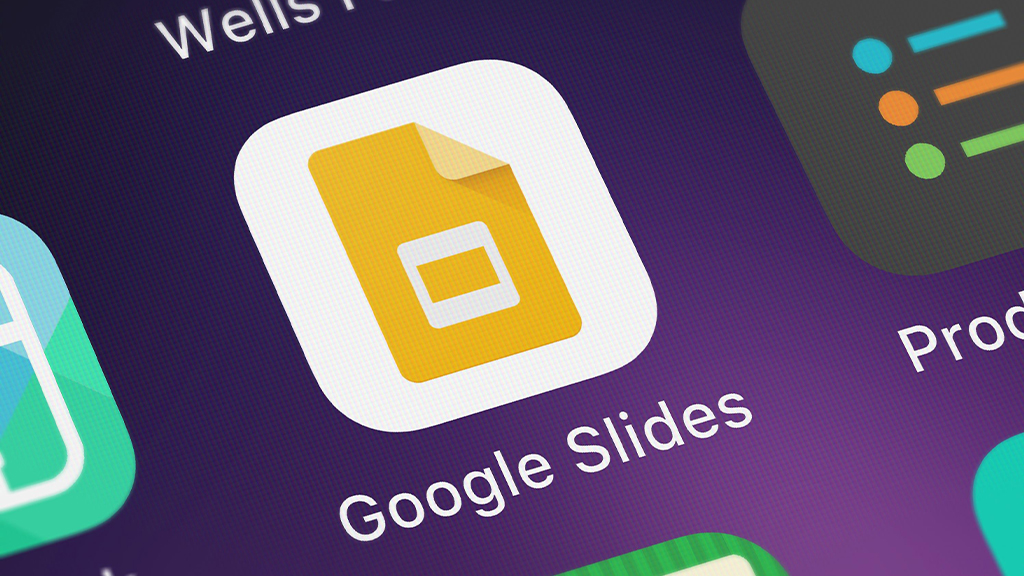Teacher Tip
Initial Models: Google Slides

In the NSTA press publication, Helping Students Make Sense of the World Using Next Generation Science and Engineering Practices, models are defined as sets of ideas for how or why something in the world works the way it does. The creation of an initial model is often part of a lesson in which students are engaged with an anchor phenomenon (a phenomenon that is driving a sequence of lessons). A typical anchoring phenomenon routine begins with students exploring a phenomenon by recording and publicly sharing their notices and wonderings. When students are asked to create a model explaining how or why a phenomenon occurs using their observations of that phenomenon and their previous experiences and understandings they brought in to the learning, they often discover gaps in their current understanding of the science necessary to explain (completely) what they have observed. These gaps become the beginning of an exciting trajectory of inquiry when students’ lack of understanding is presented as an opportunity to ask questions and investigate and not viewed as a deficit in knowing. After students draw their initial models in the alone zone (independent thinking time), sharing and comparing models in small groups gives students the opportunity to refine ideas with their peers and looking for similarities and differences can help the class develop a collection of questions to guide their investigation on the quest to understanding this phenomenon. Those investigations take place in the lessons that follow this anchor lesson.
Google slides can provide a useful collaborative space for remote, hybrid and/or face-to-face classrooms to share and compare initial models. The teacher can use a Google Slides template to provide an opportunity for students to make their thinking public via their initial models so student ideas can be engaged with, built upon, and revised. Small groups have an opportunity to engage in a virtual gallery walk to see the thinking of others in the class, and the teacher and peers can “converse” with different groups through the comment feature. In this way, shared thinking becomes a resource for learning. Check out the NSTA Daily Do to see lessons at your grade level incorporating the use of initial models to make sense of phenomena.



